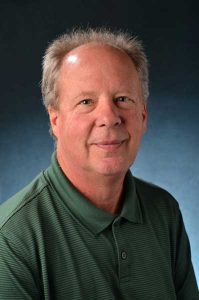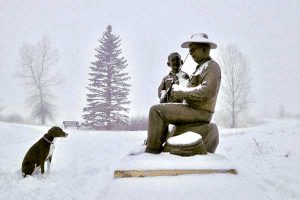Teaching People to Listen
31 Aug 2017
By Lisa Truesdale Kent Willmann loves to tell stories. As he pedals around Longmont during his daily bike rides, he often stops to take photos of scenery and visually interesting objects that also impart a deeper message. An integral part of the Boulder County Latino History Project, he helps teachers tell the vital yet under-told story of the area’s Latino community. And as a high-school social studies teacher for 32 years in the St. Vrain Valley School District, Willmann always worked hard to choose stories about history and politics that would help his students become effective citizens.“I think teachers sometimes forget how impactful they are, and what a difference they can make in kids’ lives.”

Why Local History Matters
That trend is the polar opposite of what he teaches in the classroom—that the key to effective citizenship, and what makes democracy (“small d”) work, is listening to and honoring differing viewpoints. In any social studies class, politics is going to come up—especially today, when the country seems more divided than ever before. So teachers need to share stories that make a legitimate case for differing opinions. You don’t have to agree, he says, but you have to listen. “I think teachers sometimes forget how impactful they are, and what a difference they can make in kids’ lives,” says Willmann, admitting how difficult it can be to help kids sort out what they’re thinking and to listen respectfully to what someone on the other side of the spectrum is saying. But it’s a technique that he’s seen work in the classroom. He tells the story of a boy from an ultraconservative home and a Spanish-speaking daughter of recent immigrants. The two teamed up reluctantly to work on a project, yet came away with a newfound respect for each other (and earned a good grade, too). The boy was even proud to have learned some Spanish along the way. So, how does a social studies teacher choose which stories to tell to students? A good teacher, Willmann says, has “three different balls to juggle”: selecting content, using effective teaching techniques, and cultivating a relationship with the kids. For the content piece, it can be difficult to determine what truly matters. “No matter which stories teachers choose, they’re always leaving something out,” he laments. “There’s no way to teach everything about history, so we have to be selective; there’s only so much class time.”













